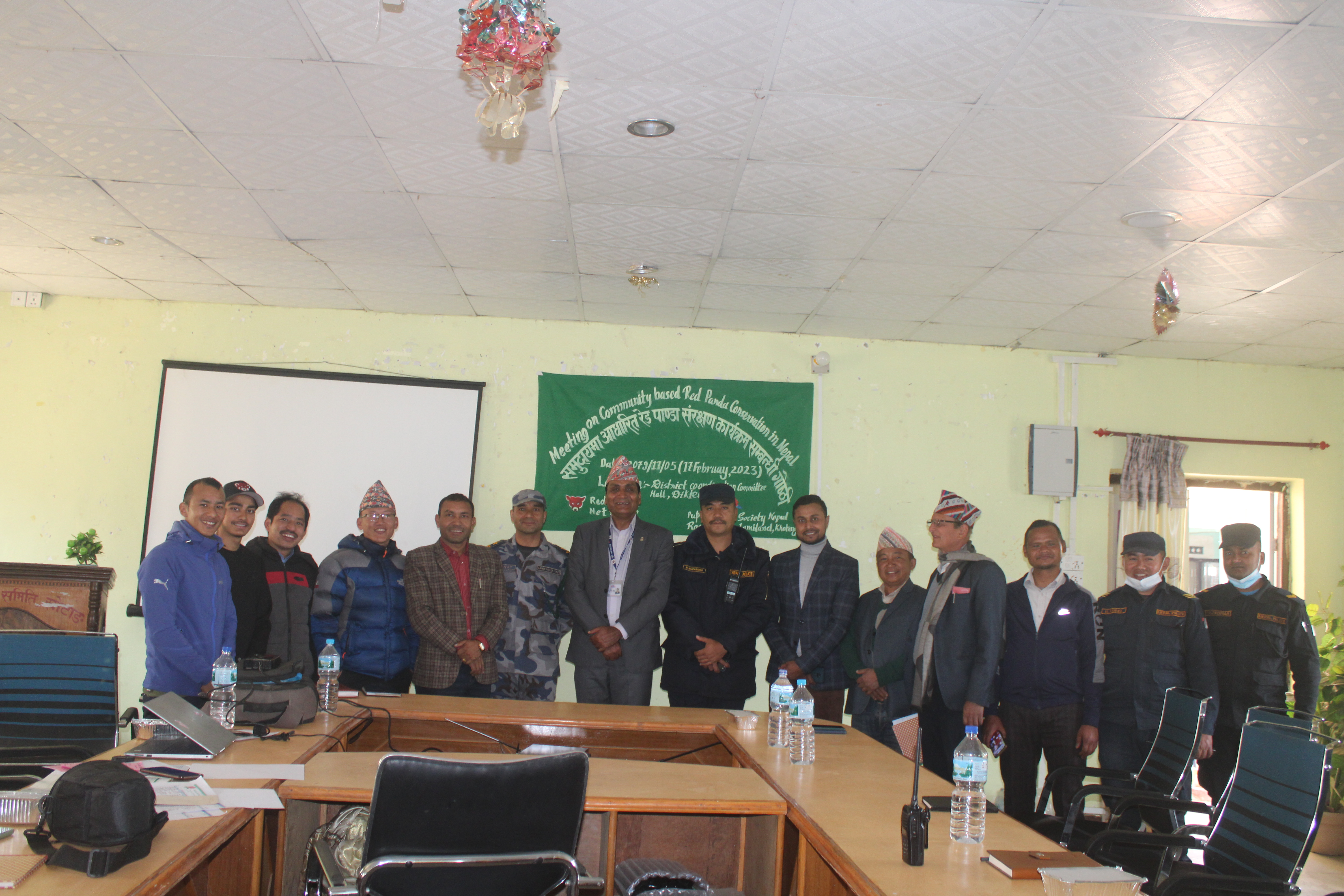Expanding the Frontiers of Red Panda Conservation
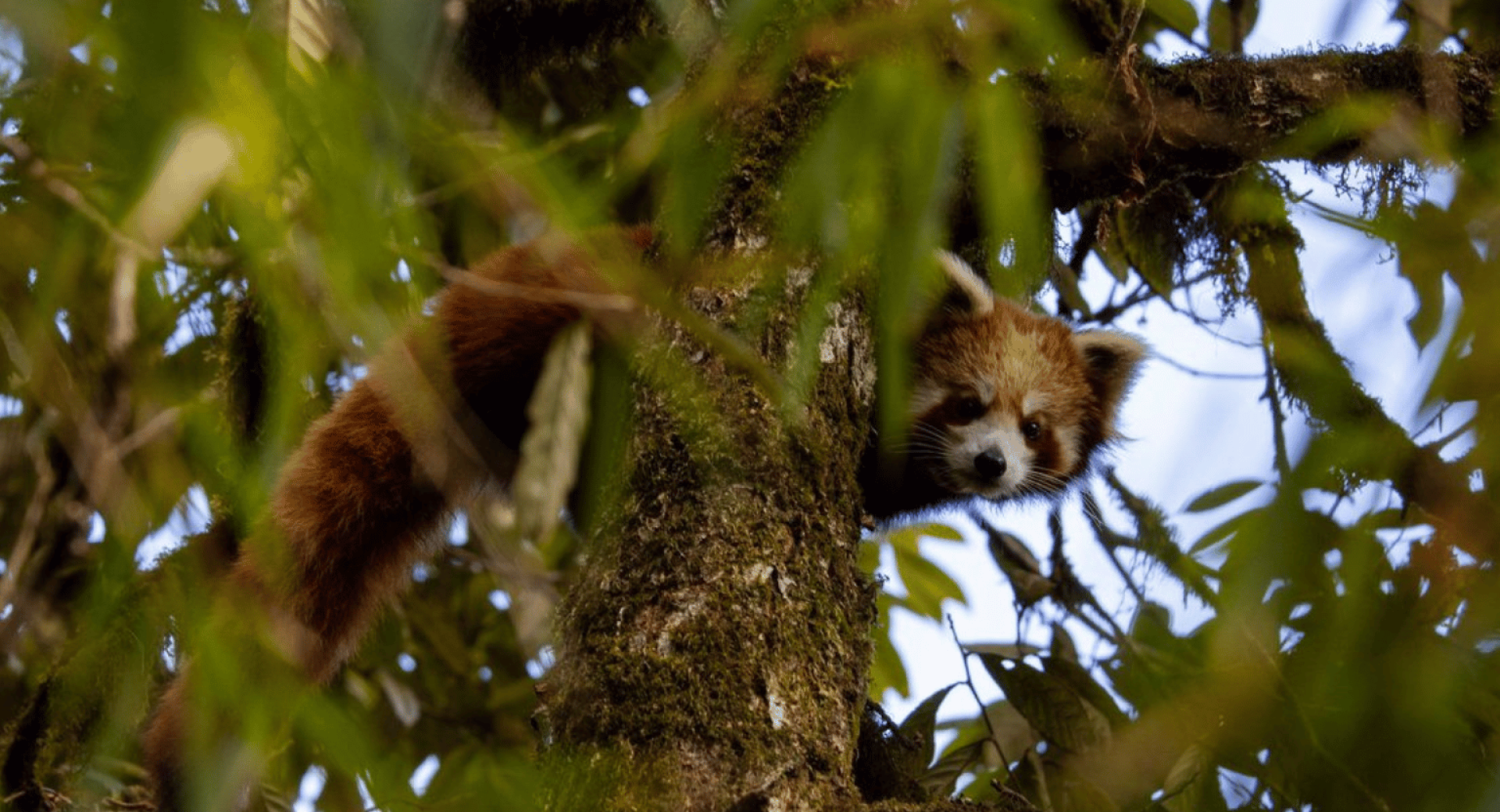
We are replicating our community-based red panda conservation programs in three new districts of eastern Nepal: Solukhumbu, Khotang, and Bhojpur!
Before we can save them, we must know where they are.
Red pandas are an elusive species. Being hard to find helps them survive in the wild but also makes studying red pandas challenging. In 2016, in response to a gap in information on the status and distribution of red pandas in Nepal, we conducted the first national red panda status survey.
The study expanded 35 districts and confirmed the existence of red pandas in 23 districts (and seven protected areas), including Solukhumbu, Bhojpur, and Khotang in eastern Nepal. Other studies have confirmed red pandas in two more districts in Nepal, bringing the total to 25.
Our work began in 2007 in three districts of eastern Nepal — Panchthar, Ilam, and Taplejung (PIT) — where we continue to establish the PIT Red Panda Protected Forest: the world's first protected area dedicated to red pandas. We then expanded our conservation programs to seven districts (Jumla, Jajarkot, Kalikot, Rolpa, Dolpa, Rukum West, and Rukum East) in western Nepal in 2018. This year, our efforts have begun in Solukhumbu, Khotang, and Bhojpur (SKB), which means we are saving red pandas in 13 of Nepal's 25 range districts.
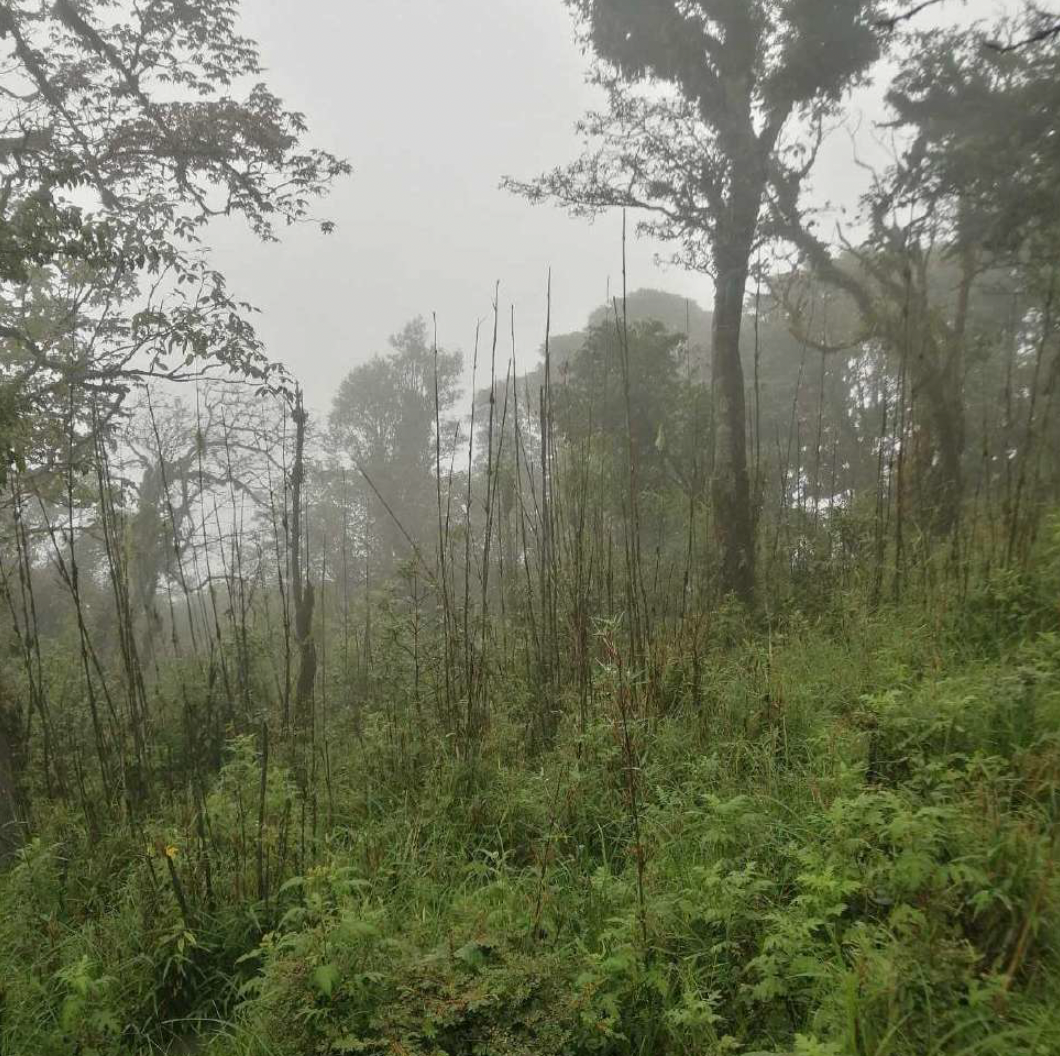 Red panda habitat in Bhojpur district.
Red panda habitat in Bhojpur district.
This strategic extension will help establish connectivity and a biological corridor between Makalu Barun National Park and Kangchenjunga Conservation Area in the east, Sagarmatha National Park in the north, and Gaurishankar Conservation Area in the west.
However, the habitat in the SKB districts is unprotected and threatened by deforestation and habitat loss. The primary cause is the unsustainable harvest of forest resources by local communities that are marginalized and impoverished. Another concern is we need more information on the occurrence and distribution of red pandas and the status of their habitat in this area.
The SKB project will help mitigate threats to red pandas (and other local wildlife) through research and habitat monitoring, habitat protection and restoration, anti-poaching, sustainable livelihood, and outreach programs.
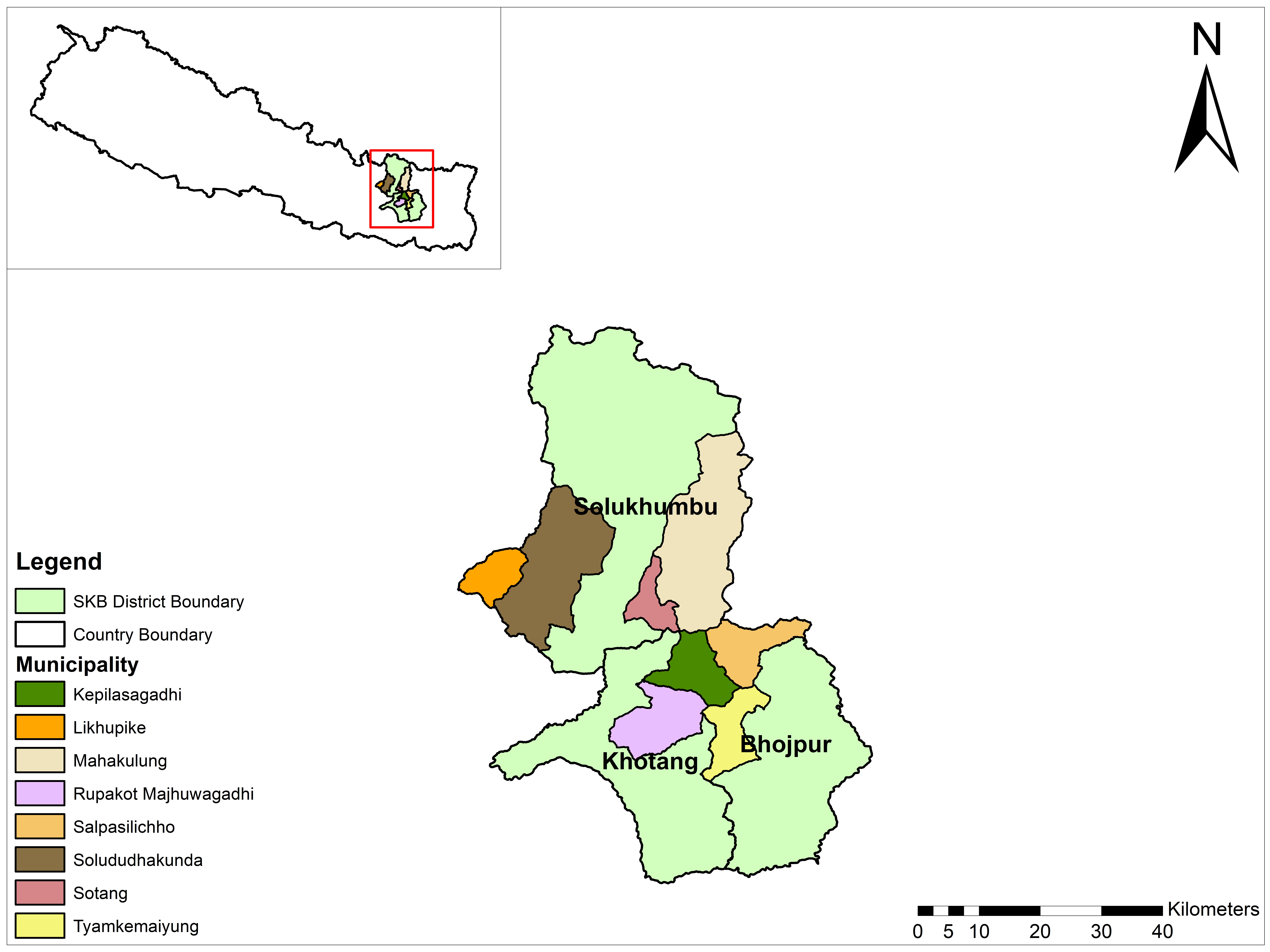 Map of SKB Project Area.
Map of SKB Project Area.
The Forest Guardian initiative is pivotal to our success. We will hire and train local people to patrol and monitor red panda habitat, report significant population and habitat information, remove traps and snares, and educate their fellow community members on the importance of red panda conservation.
To help ensure our conservation interventions are effective and have a long-term impact, we are partnering with a local Non-Governmental Organization in each SKB district: Himalayan Health and Environmental Service Solukhumbu (HHESS) in the Solukhumbu district, Public Welfare Society Nepal (PWSN) in Khotang district, and Community March (COM) in Bhojpur district. We also work with Division Forest Offices (DFO) and local council members.
This project is already on the ground, and we have some exciting progress to share! We discussed our project plans with 48 stakeholders, including local council members, DFO staff, and local media of Bhojpur and Khotang districts.
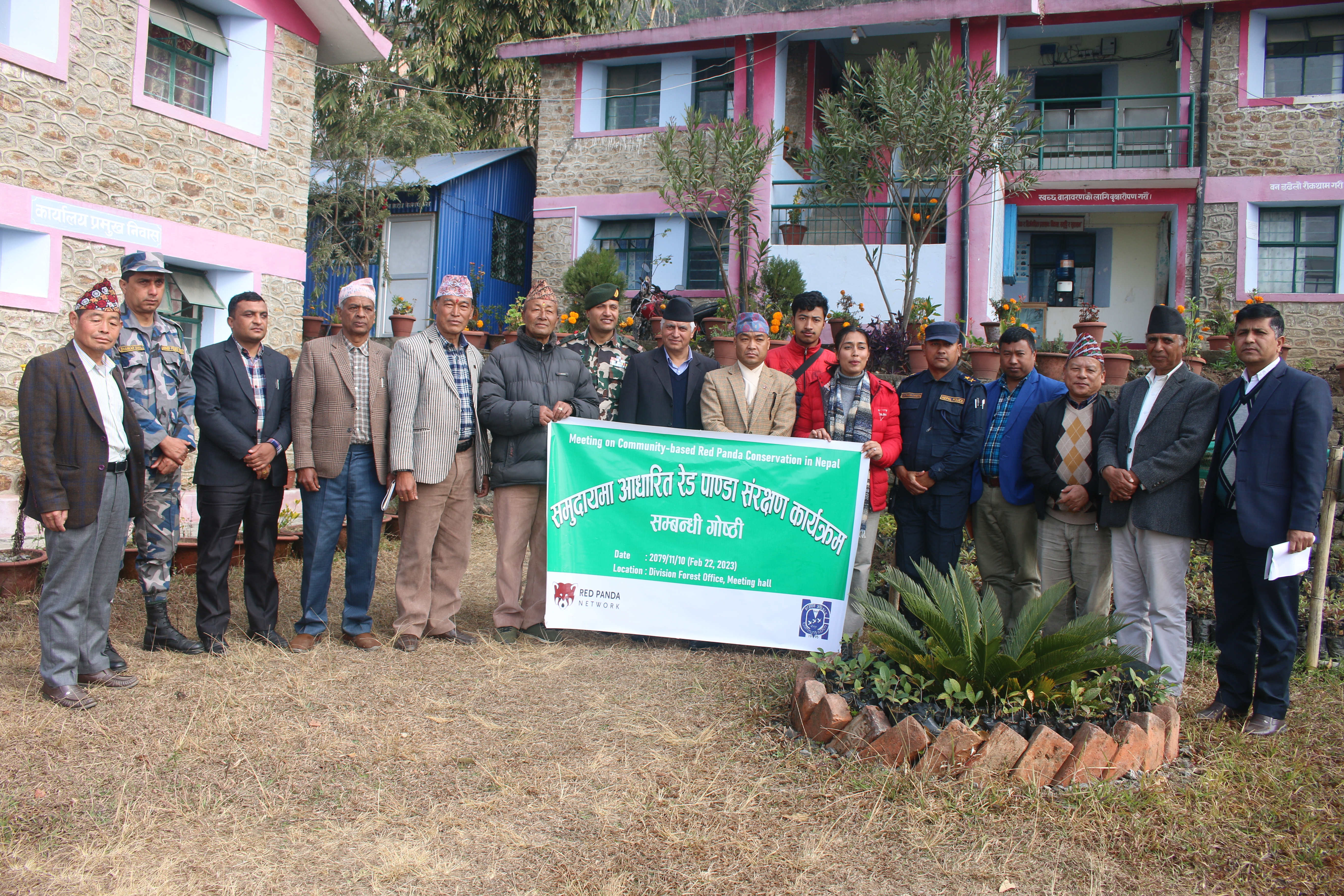
Local stakeholders we met with in Khotang district.
We understand that community involvement throughout the planning process is the key to sustainable conservation success. When communities are committed to developing and implementing plans toward their goals, long-term ownership and stewardship of environmental resources are achieved. Like all of our community-based programs, this project is a bottom-up approach that prioritizes local wants, needs, and capacity.
Thirty-two local community members in Tyamkemaiyum Rural Municipality of Bhojpur districts participated in an awareness workshop. We also consulted and discussed our community-based monitoring programs with 18 Community Forest User Group CFUG) members of Nayakharka Community Forest.
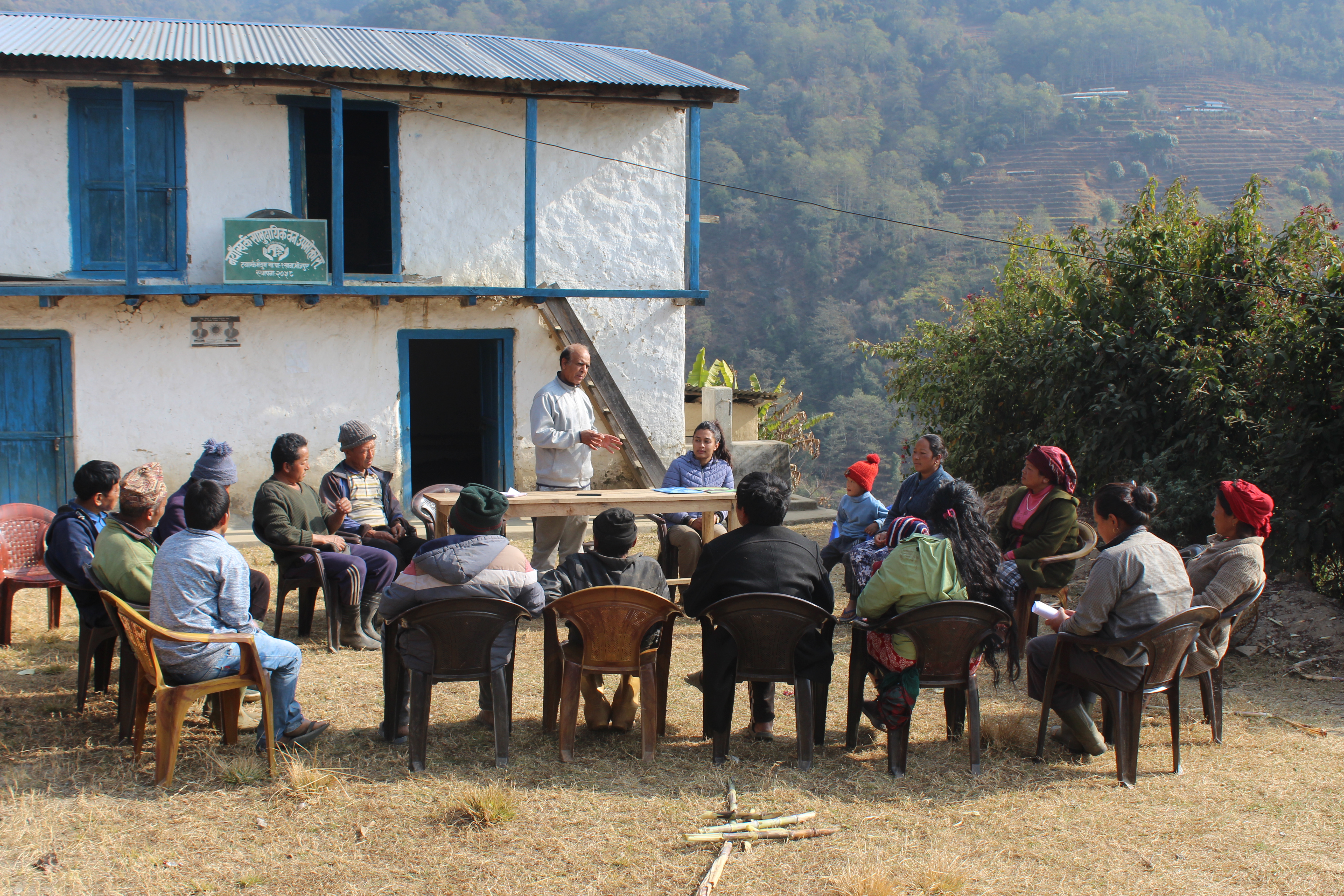
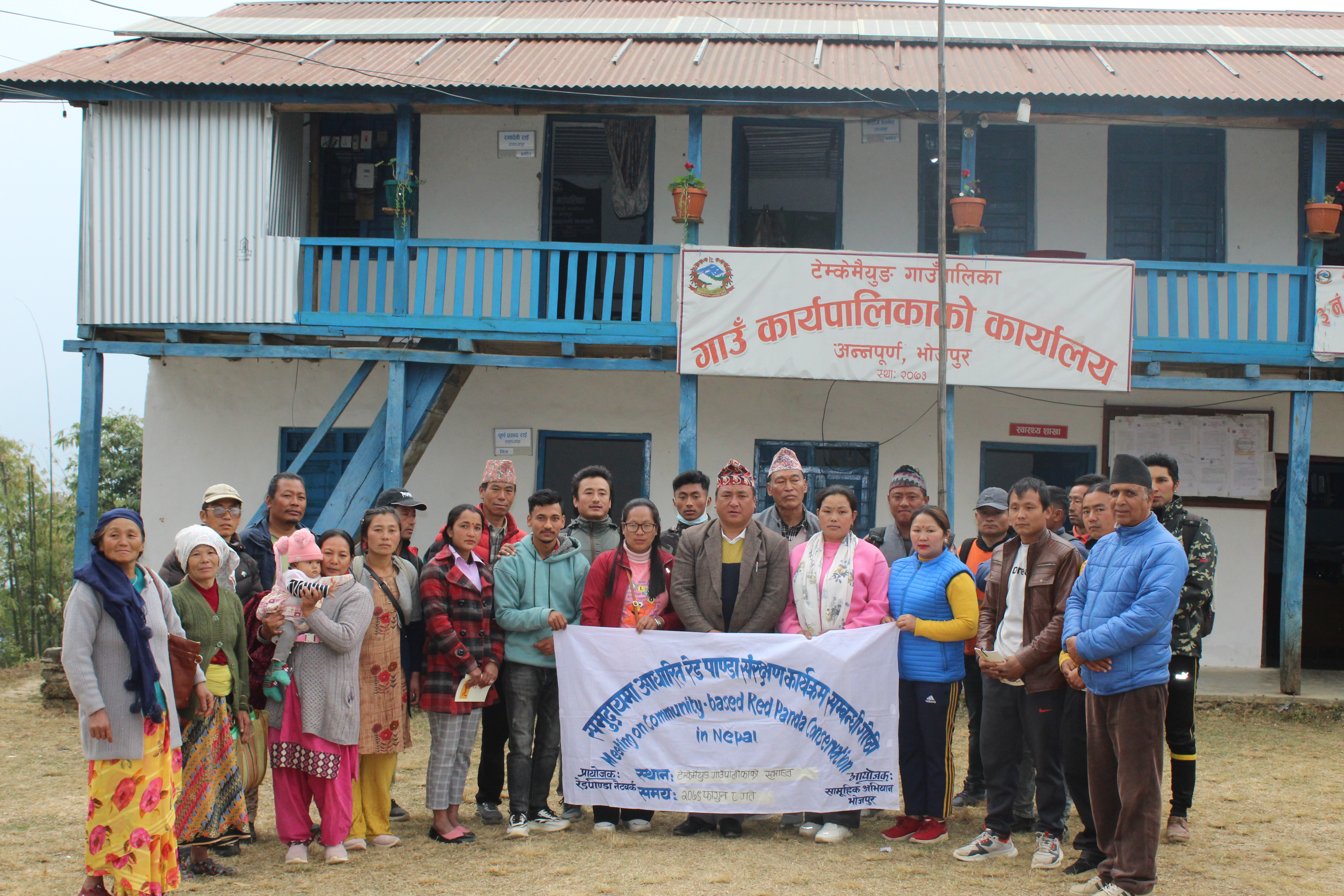
We're thrilled to be able to continue to develop our programs in the SKB districts and know this would not be possible without our members and partners. Special thanks to Akron zoo, Tiergarten Kleve, and Oklahomo City Zoo for supporting this project!
Thank you to all of our supporters for helping us reach this new frontier of red panda conservation, and stay tuned for more updates!
Want to support the SKB project and all of our community-based conservation programs in Nepal? Become a member today!

